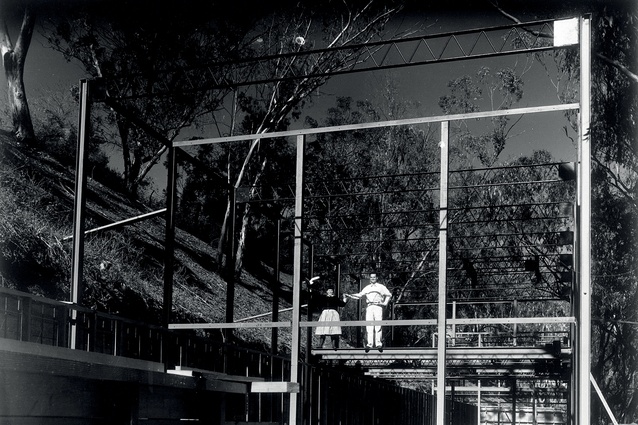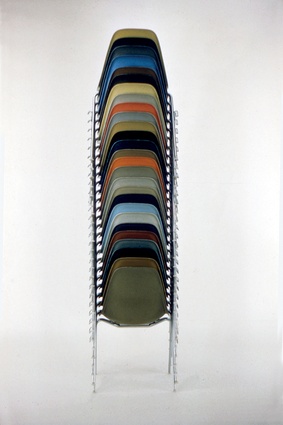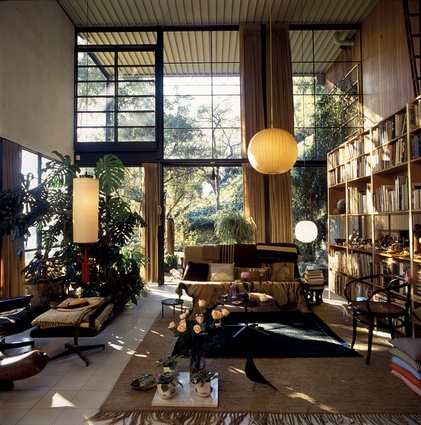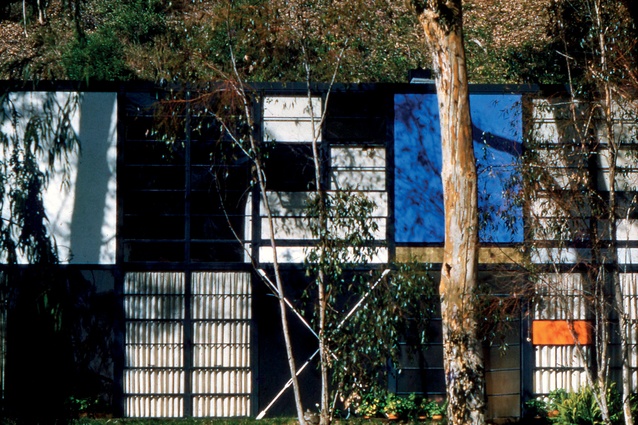Eames made easy – design for living
The Barbican Art Gallery in London recently hosted ‘The World of Charles and Ray Eames’. Colin Martin reviews the exhibition, which is currently showing at Bildmuseet in Umeå, Sweden, until 14 September 2016.
Charles Eames (1907–1978) and Ray Eames (1912–1988) founded the Eames Office in 1941. It functioned as a design ‘laboratory’ for more than 40 years, enshrining them as the husband-and-wife power couple of mid-century modernism.
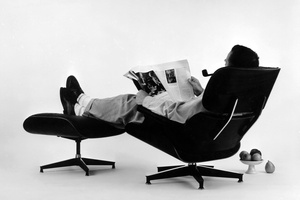
The popularity of their plywood and leather Armchair and Ottoman (1956) still astounds, but their ambition wasn’t limited simply to seating people comfortably. Perspicacious, in recognising the broader contribution that designers could make to 20th-century society, they also pioneered design methodologies spanning architecture, product design, film, photography, exhibition design and communications.
Launching its Case Study House programme in 1945, Arts & Architecture magazine commissioned eight California-based architects to design and build modernist homes. The Eameses designed and built Case Study House No. 8 for their own use. Their initial design, for a cantilevered steel-framed box with glass infills, was amended; and, in 1949, they built two double-height steel-framed pavilions at ground level, for use as home and studio. “Life in a Chinese Kite,” enthused Architectural Forum, publishing the project in 1950; “Standard industrial products assembled in a spacious wonderland.”
Architectural drawings, scale models, and construction shots (including one showing the Eameses posing on its steel frame), are a highlight of a comprehensive London (and now Swedish) exhibition of 380 objects related to the work of the Eames Office. The exhibition design, by the UK practice 6a architects, incorporating plinths and partitions made from slender off-the-peg steel sections, acknowledges the continuing influence of the Eames House’s lightweight industrial construction.
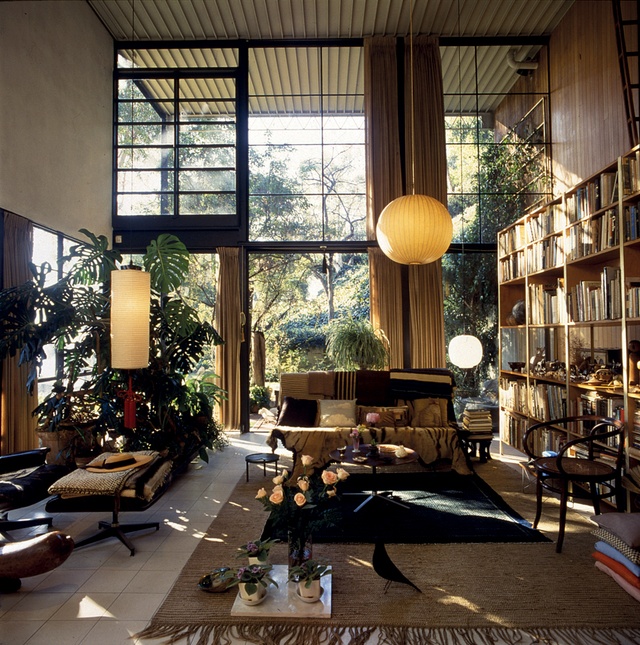
Given the recognition that CSH 8 received, it’s surprising that the office didn’t design more buildings. Charles explained why not in a Q&A magazine article, published in 1972. “Architecture is frustrating. You work on an idea, but standing between you and the event itself are many traps…all of them can really cause the concept to degenerate. Going to furniture, we have a more direct relationship with the end product – a better chance to keep the concept from degenerating. That’s why architects design furniture – so you can design a piece of architecture you can hold in your hand.” The ubiquity of their Stacking Chairs (1957), found in non-architect-designed buildings worldwide, makes his point.
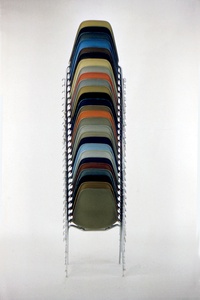
Another exhibition highlight is its exploration of the Eameses’ anticipation of the ‘information age’, specifically their development of immersive multi-screen presentations. Their first major exhibition design project was the IBM Pavilion at the 1964/65 New York World’s Fair, with the objective of reassuring the general public that advances in computer technology weren’t dangerous or sinister, but forces for positive change. Think, projected onto 22 screens, explored problem-solving techniques, noting similarities between how humans and computers process and interpret information.
The pavilion’s success, in attracting 16,000 visitors per day, generated further IBM and other exhibition projects. Also exhibited is another influential Eames Office teaching tool, Powers of Ten: A Film Dealing with the Relative Size of Things in the Universe, and the Effect of Adding Another Zero (1977), in which content and form are synchronised perfectly, in a journey into and out of space across 1,042m [or the size of the observable universe].
An accompanying book to the exhibition, The World of Charles and Ray Eames, edited by Catherine Ince with Lotte Johnson and published by Thames & Hudson, is available at aaltobooks.co.nz.

